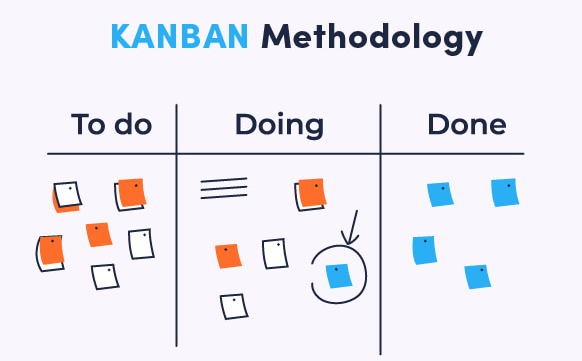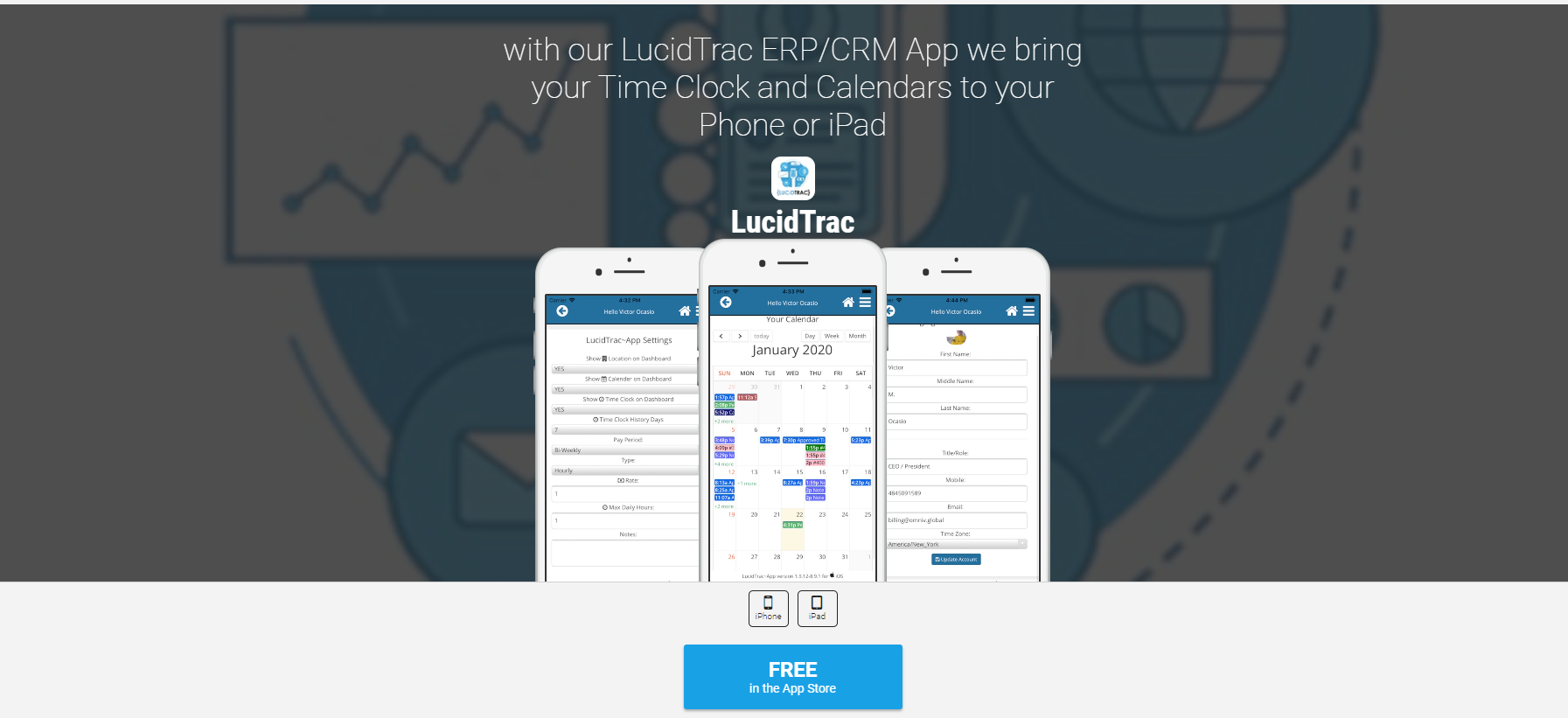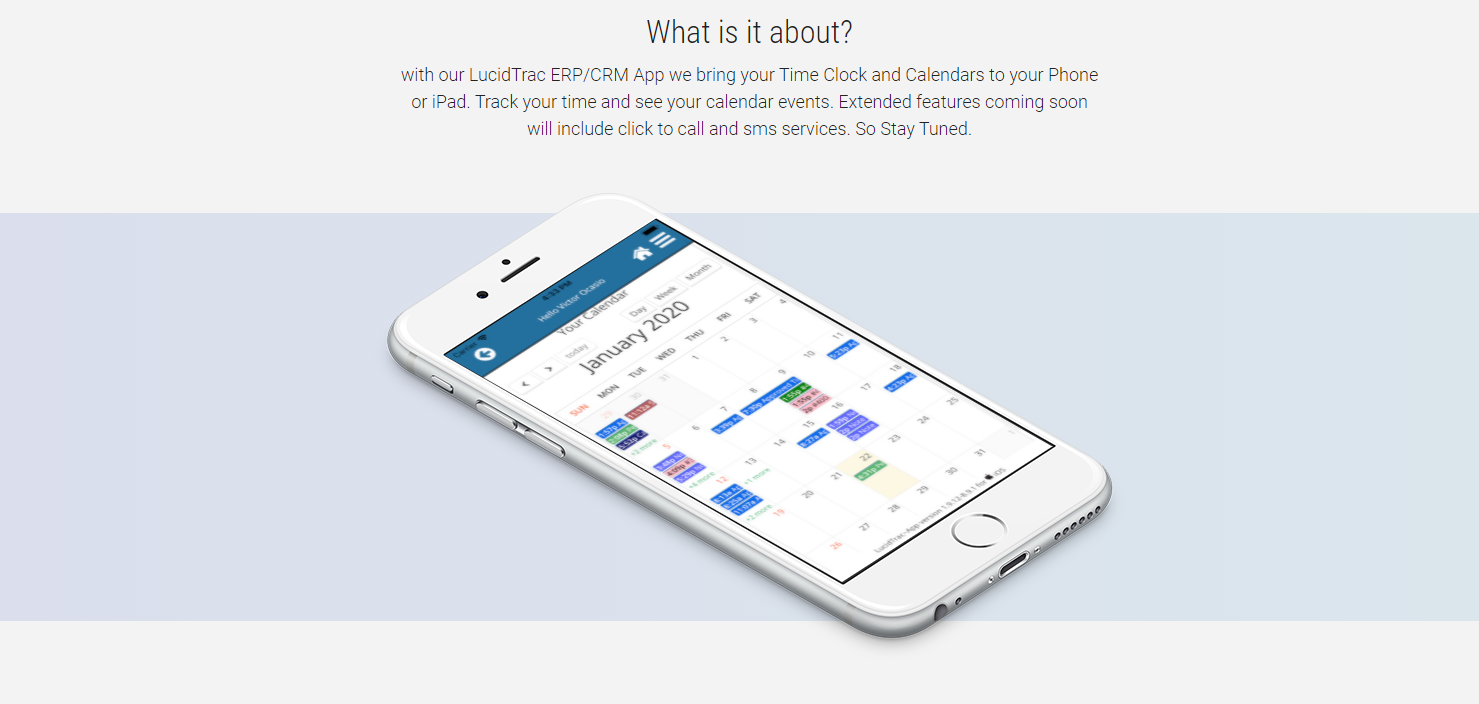Effective Communication Strategies for Cross-Functional Collaboration
Effective communication is crucial for the success of any organization, especially when it comes to cross-functional collaboration. Cross-functional collaboration refers to the process of working together with individuals from different teams, departments, or areas of expertise to achieve a common goal. When done correctly, cross-functional collaboration can lead to increased innovation, productivity, and creativity, as well as better decision-making.
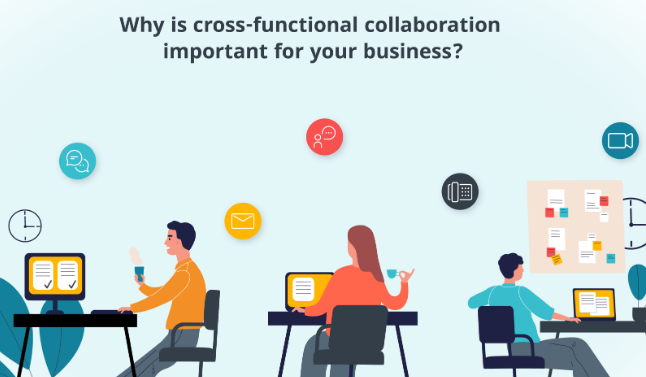
However, effective communication can be challenging when working with individuals from different teams and departments who may have different work styles, goals, and priorities. To help overcome some of these challenges and promote effective cross-functional collaboration, here are some of our strategies that can be implemented as a whole or in part.
Establish clear communication channels:
The first step towards effective cross-functional collaboration is to establish clear communication channels. This includes defining the tools and methods of communication, such as email, instant messaging, video conferencing, or project management software like LucidTrac. By using a centralized platform like LucidTrac, teams can collaborate more effectively, share information in real-time, and ensure that everyone is on the same page.
Define roles and responsibilities:
When it comes to cross-functional collaboration, defining the roles and responsibilities of each team member is crucial to the success of the project. Here are some examples of how defining roles and responsibilities can help avoid confusion, duplication of efforts, and potential conflicts:
-
Avoiding confusion:
-
When team members know their roles and responsibilities, they are better able to focus on their specific tasks and understand how they fit into the larger picture. This can help to prevent confusion about who is responsible for what and avoid overlap or gaps in responsibilities.
-
-
Reducing duplication of efforts:
-
When roles and responsibilities are clearly defined, team members are less likely to duplicate each other's efforts or work on the same tasks separately. This helps to ensure that resources are used efficiently and that everyone is working towards the same goal.
-
-
Preventing potential conflicts:
-
When roles and responsibilities are not clearly defined, there is a higher risk of conflicts arising between team members. This can occur when team members step on each other's toes or misunderstand each other's roles, which can lead to frustration, miscommunication, and even resentment.
-
For example, in a software development project, defining the roles and responsibilities of each team member can help to ensure that everyone knows what they are responsible for, such as the front-end developer responsible for the user interface, the back-end developer responsible for the server-side logic, and the quality assurance tester responsible for ensuring the product meets the required quality standards. This helps to avoid confusion about who is responsible for what, reduce duplication of efforts, and prevent potential conflicts.
Another example could be in a marketing project, where the roles and responsibilities could include the content creator responsible for creating the marketing copy, the graphic designer responsible for creating visual assets, and the social media manager responsible for scheduling and publishing content on social media platforms. By defining these roles and responsibilities, the team can work more efficiently, avoid duplication of efforts, and prevent potential conflicts.
Foster a culture of openness and transparency:
Fostering a culture of openness and transparency is critical for effective cross-functional collaboration, and team building practices can help achieve this. Here are some ways to introduce team building practices that promote openness and transparency:
-
Icebreakers:
-
Use icebreakers at the start of each meeting or collaboration session to encourage team members to get to know each other better. This can help to build trust and create a more relaxed and open atmosphere.
-
-
Team-building exercises:
-
Incorporate team-building exercises into the collaboration process. These can be simple exercises like sharing personal stories or playing games that encourage teamwork and collaboration.
-
-
Feedback sessions:
-
Regularly schedule feedback sessions to allow team members to share their thoughts and concerns openly. This can help to identify issues and prevent conflicts before they become significant problems.
-
-
Celebrate successes:
-
Celebrate team successes and milestones to recognize the efforts of team members and build a sense of camaraderie.
-
-
Encourage social interactions:
-
Encourage team members to interact socially outside of work to build stronger relationships and foster a sense of community.
-
By incorporating team building practices, you can create a more open and transparent culture that encourages team members to share their thoughts and ideas freely. This can lead to better communication, more effective collaboration, and ultimately, better outcomes.
Encourage active listening:
Active listening is the art of listening to what someone is saying and understanding their point of view. Encourage team members to practice active listening, which helps to ensure that everyone's perspectives are heard and valued.
-
Improving team communication:
-
According to a study published in the International Journal of Business Communication, active listening is a critical component of effective team communication. It helps team members to build trust, understand each other's perspectives, and make more informed decisions.
-
-
Enhancing collaboration:
-
In a study published in the Journal of Business and Psychology, researchers found that active listening was positively related to collaboration in work teams. By actively listening to each other, team members were better able to understand their colleagues' contributions and work together more effectively.
-
-
Building relationships:
-
Active listening can also help to build better relationships between team members. By demonstrating that they are genuinely interested in what others have to say, team members can build trust and respect with each other.
-
Some key examples of how to encourage active listening include:
-
Encouraging eye contact and body language that shows attentiveness and interest.
-
Asking open-ended questions to encourage dialogue and discussion.
-
Avoiding interrupting or talking over others while they are speaking.
-
Paraphrasing what the speaker has said to ensure understanding.
-
Providing feedback and acknowledging what has been said.
By encouraging active listening, team members can work together more effectively, build better relationships, and ultimately achieve better outcomes.
Use agile methodologies:
Agile methodologies are a set of project management practices that prioritize adaptability, flexibility, and collaboration. They are often used in cross-functional collaboration because they provide a framework for effective communication, collaboration, and continuous improvement.
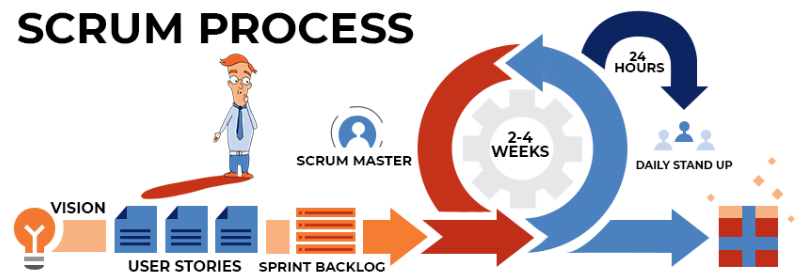
One example of an agile methodology is Scrum. In Scrum, a team works in short sprints to complete a set of tasks or user stories. The team holds daily stand-up meetings to discuss progress, identify obstacles, and plan their work for the day. At the end of each sprint, the team holds a retrospective meeting to reflect on what went well, what didn't go well, and how they can improve in the next sprint.
Another example of an agile methodology is Kanban. Kanban is a visual workflow management tool that helps teams to visualize their work, limit work in progress, and improve the flow of work. Kanban boards typically have columns for different stages of work, such as "To Do", "Doing / In Progress", and "Done". Team members move tasks from one column to the next as they progress through the workflow.
By using some of these agile methodologies, cross-functional teams can work more effectively together by providing a shared framework for communication and collaboration. They also enable teams to adapt to changes quickly and continuously improve their processes over time.

Build trust and relationships:
Effective cross-functional collaboration requires building trust and relationships between team members. This is crucial because cross-functional teams often bring together individuals from different backgrounds, experiences, and perspectives. Without trust and relationships, team members may struggle to communicate, share ideas, and work together effectively.
One way to build trust and relationships is through team-building activities. These can be anything from outdoor adventure activities to simple icebreaker games as talked about above that help team members get to know each other better. Team-building activities can help to break down barriers and create a sense of camaraderie and shared purpose among team members.
Social events can also be a great way to build relationships and trust within a cross-functional team. These events can be as simple as a team lunch or as elaborate as a company-wide holiday party. The key is to create opportunities for team members to interact in a relaxed, social setting where they can get to know each other on a more personal level.
Other forms of engagement, such as mentoring or coaching programs, can also help to build trust and relationships within a cross-functional team. These programs provide opportunities for team members to learn from each other and develop their skills, while also building relationships and trust.
For example, a mentorship program could pair a more experienced team member with a newer team member from a different department. The mentor could provide guidance and support to help the mentee navigate the complexities of the team's work and build relationships with other team members.
Overall, building trust and relationships between team members is essential for effective cross-functional collaboration. By engaging in team-building activities, social events, and other forms of engagement, teams can build a sense of camaraderie and collaboration that helps them to work together more effectively.
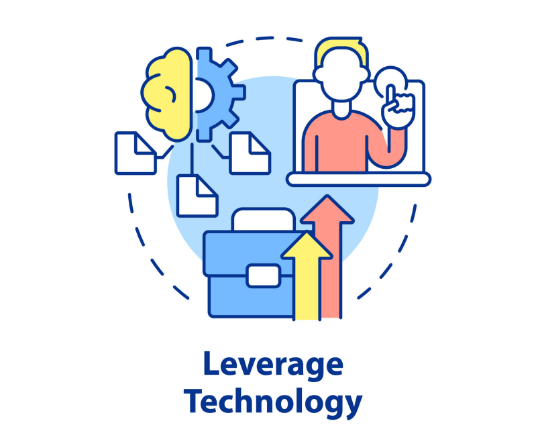
Leverage technology:
Technology is an effective tool for enhancing communication and collaboration in cross-functional teams, and LucidTrac's ERP software offers over 30 tools built into the platform that can streamline and simplify collaboration.
For example, LucidTrac's project management software provides a centralized location for teams to manage tasks, deadlines, and milestones. The instant messaging platform enables team members to communicate quickly and easily, while video conferencing tools facilitate face-to-face communication even when team members are in different locations.
Other tools in the LucidTrac platform, such as the document management system and the shared calendar, can also enhance collaboration by providing a centralized location for team members to access and share information.
In addition to providing tools to enhance communication and collaboration, LucidTrac's ERP software also includes features designed to facilitate cross-functional teamwork. For example, the platform includes workflow management tools that allow teams to automate processes and improve efficiency, as well as performance evaluation tools that enable teams to track progress and identify areas for improvement.
Overall, technology can be a powerful tool for enhancing communication and collaboration in cross-functional teams, and LucidTrac's ERP software offers a suite of tools and features designed to simplify and streamline collaboration.
Provide ongoing training and support:
Ongoing training and support are crucial for effective cross-functional collaboration. Training can help team members improve their communication skills, understand each other's work styles and priorities, and learn new tools and techniques for effective collaboration.
For example, training sessions can be used to help team members learn how to use new technology tools, such as project management software or video conferencing platforms, which can facilitate effective communication and collaboration. Training can also help team members to better understand their roles and responsibilities in the collaboration, as well as the goals and objectives of the project.
In addition to training, ongoing support is essential to ensure that team members have the resources they need to collaborate effectively. This support can take the form of regular check-ins and meetings, as well as access to additional resources and expertise as needed.
For example, LucidTrac's ERP software offers ongoing support through a dedicated customer success team, which is available to provide guidance and assistance to users as they navigate the platform. This support can help team members to resolve issues quickly, learn new features and tools, and stay up-to-date with best practices for effective collaboration.
Overall, ongoing training and support are essential for effective cross-functional collaboration. By providing team members with the tools, resources, and guidance they need to collaborate effectively, organizations can improve the quality of their work, enhance productivity, and achieve their goals more efficiently.

Embrace failure as a learning opportunity:
Failure is an inevitable part of any collaborative process. Rather than focusing on the negative aspects of failure, encourage team members to view it as an opportunity to learn, grow, and improve their communication and collaboration skills.
When failures happen in a cross-functional collaboration, there are several things that teams can do to turn it into a learning opportunity:
-
Conduct a post-mortem analysis:
-
After a failure, it's important to analyze what went wrong and identify the root cause of the problem. This can be done through a post-mortem analysis, which involves a detailed review of the process and communication breakdowns that led to the failure.
-
-
Identify areas for improvement:
-
Once the root cause of the failure has been identified, teams can work together to identify areas for improvement. This might involve improving communication channels, defining roles and responsibilities more clearly, or providing additional training and support.
-
-
Implement changes:
-
Based on the findings of the post-mortem analysis, teams can implement changes to improve their collaboration and communication. This might involve using different tools or methodologies, changing team structures, or revising workflows.
-
-
Celebrate successes:
-
It's important to celebrate successes along the way, no matter how small they may be. This helps to keep team members motivated and focused on the end goal, and also reinforces the importance of collaboration and communication.
-
As we see it teams can turn failures into opportunities for growth and improvement, and ultimately achieve greater success in their cross-functional collaboration efforts.
By incorporating these approaches and techniques, companies can cultivate efficient cross-functional collaboration, resulting in enhanced creativity, efficiency, and decision-making. It is important to foster an environment of transparency, trust, and candor to achieve effective communication across various teams and departments. Additionally, continuous training and support are critical to guarantee that team members possess the necessary competencies and resources to communicate and collaborate effectively.
Share this Blog Post: https://lcdtrc.link/570l627
In Case you Missed It - Seach by Tags!

Visit our YouTube channel at https://youtube.com for help and videos about the #LucidTrac Platform.

Introducing the #softwareKing Motivational Mobile App Section: Unleash Your Self Motivational Power
At LucidTrac ERP, we are proud to announce the launch of an exciting new section within our Mobile App: #softwareKing. Designed to inspire, empower, and uplift, #softwareKing brings you an exclusive collection of Daily Motivational Videos, curated to fuel your ambition and drive your success.
With the #softwareKing section, we believe that motivation knows no bounds. That's why we have made these inspirational videos accessible to everyone, without the need for an account or any subscription fees. Simply download our app, and immerse yourself in a world of powerful messages and transformative insights.
Compare LucidTrac to other online platforms
To help you get a better understanding of your needs by comparing LucidTrac to other online ERP / SaaS platforms.
LucidTrac offers a comprehensive solution to streamline all of your business operations.
With its fully customizable features, LucidTrac allows you to tailor the platform to meet the specific needs of your business.

Compare LucidTrac to
Zoho CRM

Compare LucidTrac to
Zendesk CRM

Compare LucidTrac to
Freshdesk CRM

Compare LucidTrac to
Salesforce CRM

Compare LucidTrac to
Monday CRM

Compare LucidTrac to
HubSpot CRM

Compare LucidTrac to
Keap CRM
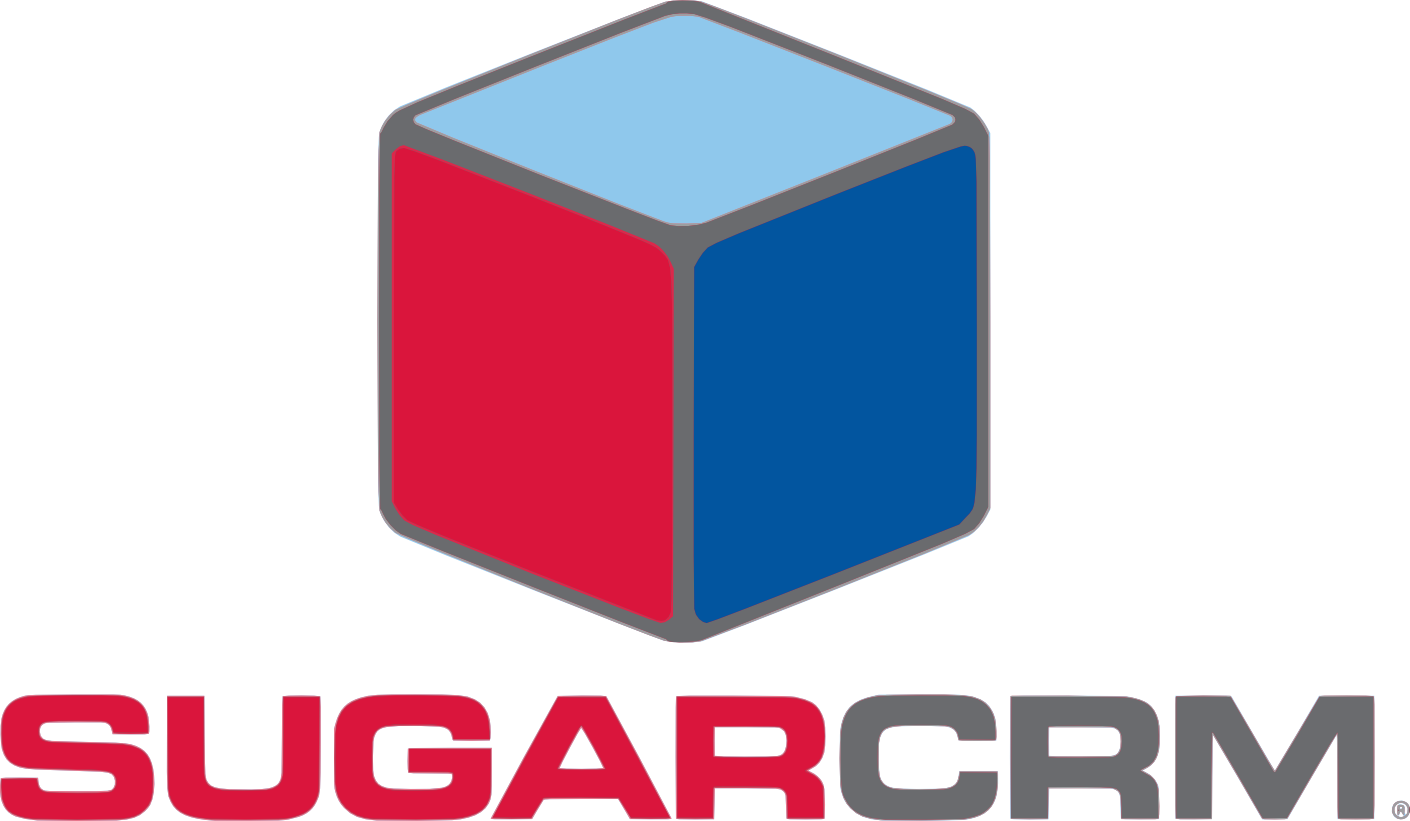
Compare LucidTrac to
Sugar CRM

Compare LucidTrac to
SherpaDesk CRM
| Comparing Feature | LucidTrac | Zoho CRM | Zendesk CRM | Freshdesk CRM | Salesforce CRM | Monday CRM | HubSpot CRM | Keap CRM | Sugar CRM | SherpaDesk CRM |
| Price | $300 Unlimited Users | $49 Avg/Per User | $149 Avg/Per User | $109 Avg/Per User | $125 Avg/Per User | $99 Avg/Per User | $99 Avg/Per User | $49 Avg/Per User | $45 Avg/Per User | $49 Avg/Per User |
| Free Trial | Yes | Yes | Yes | Yes | Yes | Yes | Yes | Yes | Yes | Yes |
| Support 24/7 | Yes | Yes | No | No | No | No | No | No | No | No |
| Developer API | Yes | Yes | No | Yes | No | No | No | No | No | Yes |
| Dashboards | Yes | Yes | No | Yes | No | Yes | No | No | Yes | No |
| To-Dos | Yes | Yes | No | Yes | No | Yes | No | No | Yes | Yes |
| Products & Assets | Yes | Yes | No | Yes | No | Yes | No | No | Yes | Yes |
| User Roles | Yes | Yes | No | Yes | No | Yes | No | No | Yes | No |
| 2FA (Two-Factor Authentication) | Yes | Yes | No | Yes | No | Yes | No | No | Yes | No |
| Multi Method Importing | Yes | Yes | No | No | No | Yes | No | No | No | No |
| Documents & Templates | Yes | No | No | No | No | No | No | No | No | No |
| iOS/Android Apps | Yes | Yes | No | No | No | No | No | No | No | Yes |
| Statistics & Reporting | Yes | Yes | No | Yes | No | No | No | No | No | Yes |
| Storage | 500G Base Node | 1G | 1G | 1G | 1G | 1G | 1G | 1G | 1G | - |
| Monthly Payments | Yes | Yes | No | Yes | No | No | No | No | No | Yes |
| Campaigns | Yes | Yes | No | Yes | No | No | No | No | No | No |
| Exporting Services | Yes | Yes | Yes | Yes | No | No | Yes | No | Yes | No |
| Emailing | Yes | Yes | No | Yes | No | No | No | No | No | No |
| SMS Inbound/Outbound | Yes | Yes | No | Yes | No | No | No | No | No | No |
| Voice Calling Inbound/Outbound | Yes | Yes | No | Yes | No | No | No | No | No | No |
| IVR Services | Yes | Yes | No | Yes | No | No | No | No | No | No |
| Google Calendar/Authentication | Yes | Yes | No | Yes | No | No | No | No | No | No |
| Service Tickets / Time Tracking | Yes | Yes | No | Yes | No | No | No | No | No | Yes |
| Email to Service Ticket Services | Yes | Yes | yes | Yes | No | No | No | No | No | Yes |
| Time Clock / Payroll Exporting | Yes | No | No | No | No | No | No | No | No | No |
| Networking / IP & Host Management | Yes | No | No | No | No | No | No | No | No | No |
| Web Forms / Landing Pages | Yes | Yes | No | Yes | No | No | Yes | No | No | No |
| Invoice/Payment Collections Tools | Yes | No | No | No | No | No | No | No | No | No |
| Customized Programming | Yes | No | No | No | No | No | No | No | No | No |

Mr. Kevin Johnson
BlueSpruce Consulting Services, LLC.

Mr. Craig Stonaha
CEO Laughing Rock Technologies, LLC.
John Adams
President/CEO - RDI

Dennis Canlas
USCR
Brian Gomez
Gomez Check Cashing
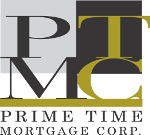
Mr. Michael Graziano
Prime Time Mortgage Corp.

Mr. Nicholas Tannous
NWT Enterprises Ltd - San Juan, Trinidad and Tobago

Mrs. Cynthia Garrett
Berks ENT - Reading PA



